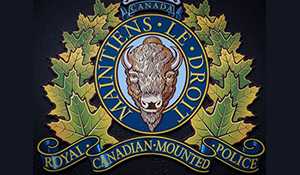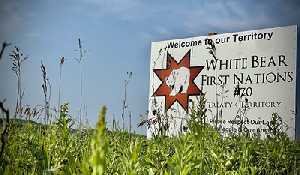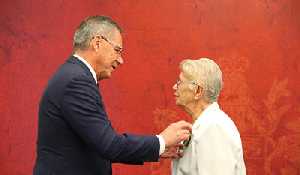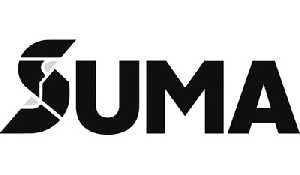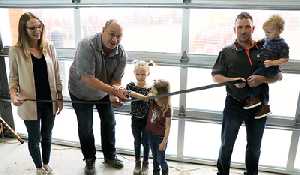Birtail Sioux funded for unique trades program
March 18, 2024, 11:41 am
Ryan Kiedrowski, Local Journalism Initiative Reporter
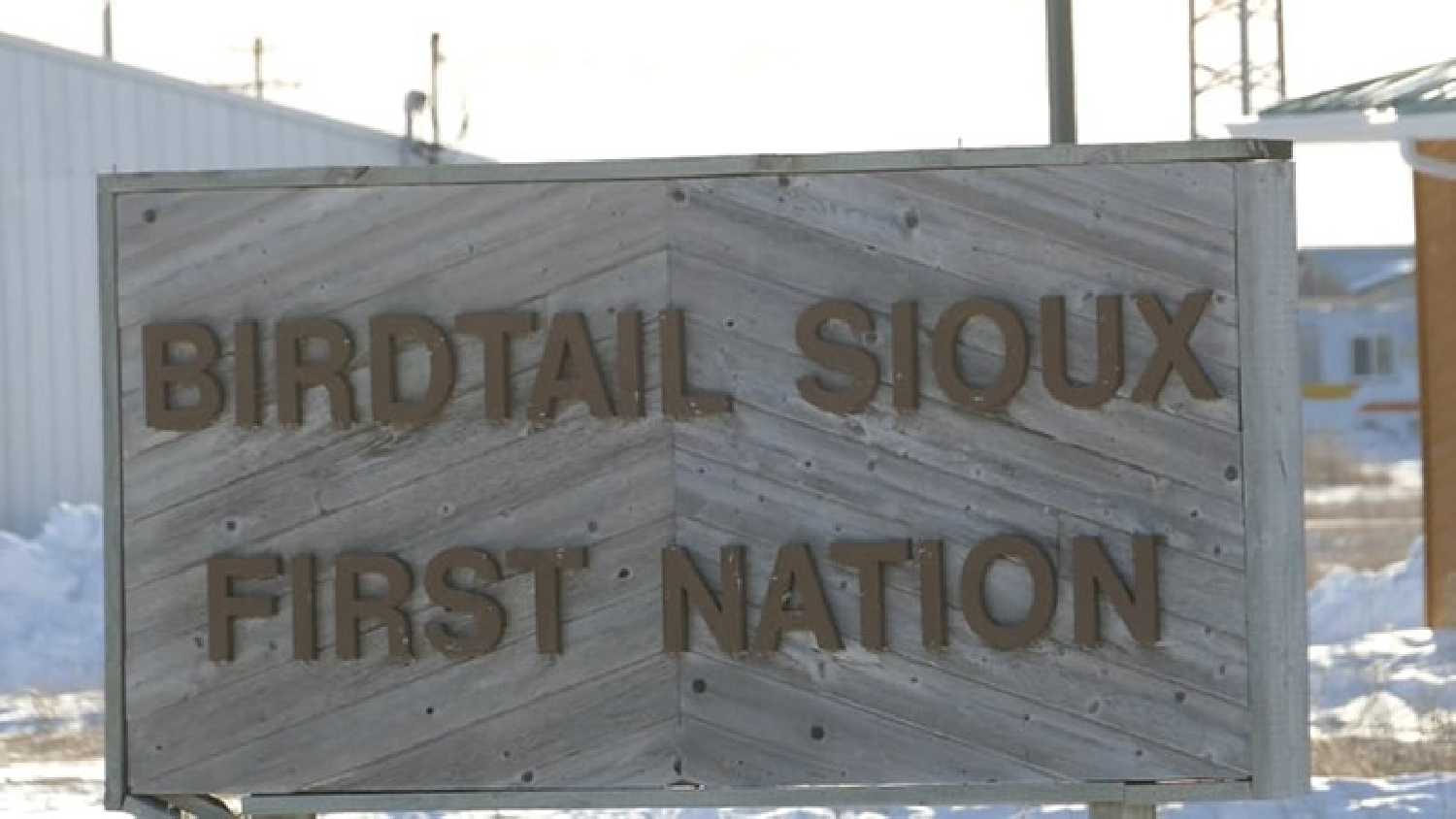

It’s an intense but effective initiative promising to propel participants from having no experience in the trades to being job ready—all in under two weeks.
That’s the goal of a new study being funded by the federal government on the Birdtail Sioux Dakota Nation to the tune of $352,500, part of a larger announcement on March 6 that saw Indigenous Natural Resource Partnerships devote a total of $10.4 million to seven mining projects.
“Government, over the last two decades, has done a pretty darn good job of training up Indigenous people and getting them ready for the workforce and the work environment,” said Greg Farney, co-founder of Straight Talk Advisory and Training. “The one thing that we’ve all failed at is we haven’t got the workforce ready for the Indigenous people.”
STAAT is partnering with BSDN to implement the Indigenous STARS (Strategic Training and Recruitment Solutions) program, which has a target goal of reaching out to 80 Indigenous communities across the three prairie provinces.
Farney is no stranger to BSDN and has partnered with them previously on other projects.
“We’ve been working with Birdtail for close to 15 years, probably. So we understand each other, and they agreed to be the sponsor. So we submitted (the proposal to government), it took about six months and then got the funding,” he said.
“Birdtail was a natural fit because of their location in Manitoba,” Farney explained. “They’re right on two mainline corridors being the TranCanada as well as Enbridge’s right-of-way. They’re right on the corridors of the north-south transmission lines that are projects taking place in Manitoba. It’s a very small community, but they’ve been very proactive, getting engaged both from an employment as well as business perspective in the project.”
Recognizing the need for more people working in the trades is not a new concept, and with a large number of current workers close to retirement, the number of job openings will only continue to grow. Some numbers Farney has come across estimates a need for upwards of 56,000 new trades people over the coming decade.
“One of the big elements is identifying how many people are out there that want to be involved in the trades,” Farney said. “How many people have meaningful employment opportunities at the end of it, which the stats show there should be more than enough.”
With the need for meaningful employment established, more than enough room to accommodate an influx of new and motivated workers, plus funding for a program to train them, it was time to link all the pieces together with action.
“So you have this massive opportunity between what the industry needs and what First Nations and Indigenous communities can bring to the industry, but no one’s talking to each other,” Farney remarked. The cost of training was another huge barrier as traditional methods can easily run thousands of dollars just to become certified in a particular field.
“Unfortunately, what most people don’t realize is, if you decide to go to be a bulldozer operator right now, you fork out the $25,000, no one’s going to hire you to be an operator right out of the gate,” Farney said. “You have to be a greaser and an oiler and all that stuff for six months before they put you on the equipment. So there’s a lot of misunderstanding.”
Enter Indigenous STARS and its fast-paced, hands-on approach.
“Through our experience, to get a person ready to be an entry-level labourer, for an industrial work environment, that takes about 12 days,” Farney said, walking through what a typical training day would look like. “Very intense days. We treat the training as if it’s a workday. So you’re out of bed bright and early at 6 am. You’re at the at the training camp for 7:30 that starts off with a tailgate meeting—like it would in any industrial situation. You’re going to learn about what’s going to happen that day, what safety hazards to be wise to, all those types of things. Then we spend about 20 per cent of our time in theory, talking in a classroom environment about what tools are going to be used, what things are going to happen, learning how to do heavy lifts, things like that. And then going out for the balance of the day, hands on full size equipment.”
The fast-paced training program has already been tested in other places, effectively posting people in fulfilling careers and changing lives in the process. For BSDN, that means trained carpenters, electricians and plumbers not only being established close to home, but the potential to fill another job shortage in the process.
Farney pointed to major turnaround and maintenance projects at large-scale facilities such as Suncor (who were looking for 14,000 workers in a turnaround last year). They’re short-term, require skilled individuals, and a lot of them.
“You can imagine when you’re trying to find 6,000 pipefitters for six weeks, it’s pretty tough,” he said, noting that current recruitment brings this skilled labour from overseas instead of hiring within Canada. Utilizing people trained and ready to work through Indigenous STARS for these projects would add bonus income to their already established careers, perhaps even coinciding with a slower season.
Given all the pieces aligning, BSDN is certainly poised for great future opportunities.
